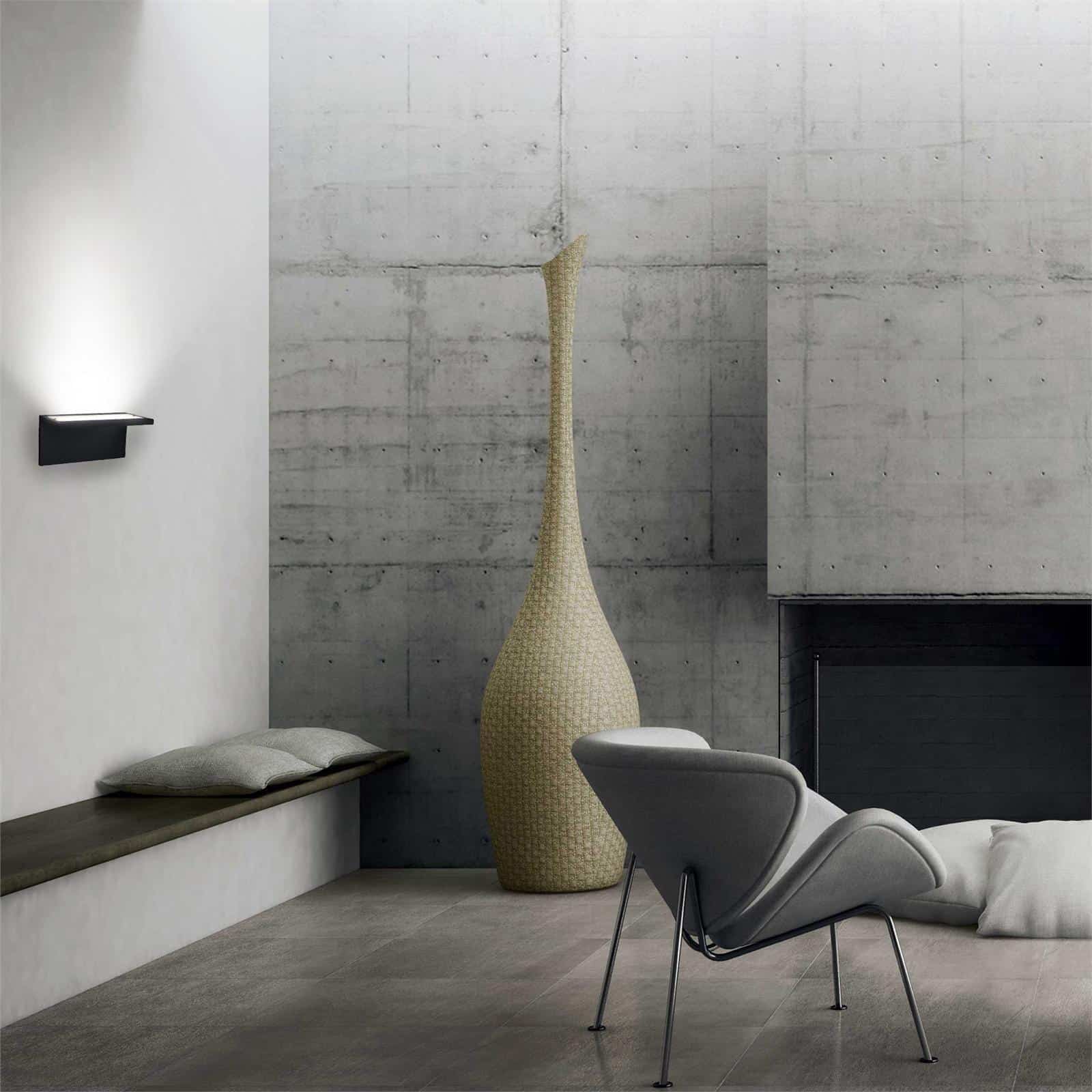Strategies for Reusing Existing Renders on Internal Walls
The practice of rendering internal walls is becoming increasingly popular as homeowners and businesses are looking for cost-effective ways to improve the look and feel of their property. Rendering is a process that involves applying a mixture of cement or plaster to a wall to create an even surface. Once the render has set, it can then be painted or decorated with wallpaper or tiles.
Rendering is not only used on external walls but also on internal walls, providing an eye-catching feature in any home or business. In order to make the most out of existing renders within a building, there are some strategies which may help significantly reduce costs associated with replacing them altogether. Read on for advice about reusing existing renders on internal walls.

Strategies for Reusing Existing Renders
When an internal wall requires rendering, there are several strategies which can help to reuse the existing render. By adopting these tactics, it is possible to save both time and money in the long run.
- Check the Condition of Existing Render** Before attempting to reuse existing renders, it is essential that a thorough inspection of any current renders is carried out. This will allow homeowners and businesses to check if they need replacing completely or if they can be modified or patched up instead. If the render appears to be in good condition and relatively undamaged, then reusing it could still be an option worth exploring further.
- Clean Off Any Loose Bits of Render** If the existing render is to be reused, then it’s important that any loose pieces are removed first. This can usually be done with a wire brush or other similar tool. In addition, if there are any cracks or gaps in the render, they should also be filled with filler and smoothed down before proceeding further.
- Apply a Layer of Primer** Once all dirt and debris have been brushed away, the surface should then be given a coat of primer. This will help to seal the existing render and make sure it sticks properly when fresh renders are applied over the top. Generally speaking, primers should only need one coat but it does depend on the type of material being used.
- Apply a Flexible Render over the Old Layer** To make sure the existing render is able to move and bend with any changes in temperature, it’s important that a flexible render is used. This kind of render is designed to be ‘elastomeric’, meaning it can stretch or expand without cracking or peeling away from the wall. When applying this sort of render, it’s best to use a roller as this will help ensure even coverage.
- Add Texture with Specialised Tools** Finally, if homeowners and businesses want to add more texture and interest to their walls, then they can do so by using specially designed tools such as trowels or scoops. By using these tools, it’s possible to add grooves, arcs and other patterns to the render surface before it is left to dry.
By following the above steps and strategies, it is possible for homeowners and businesses to reuse existing renders on internal walls rather than having to replace them altogether. This can help save both time and money in the long run, as well as creating an attractive feature piece within any property.
